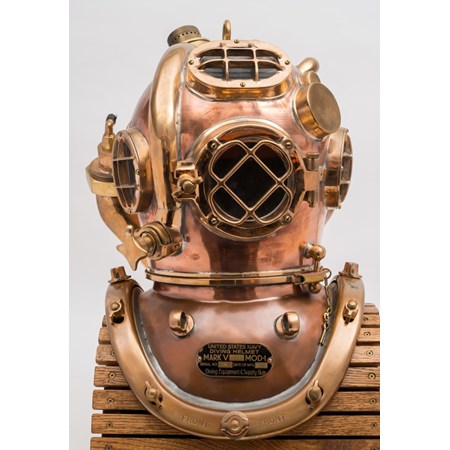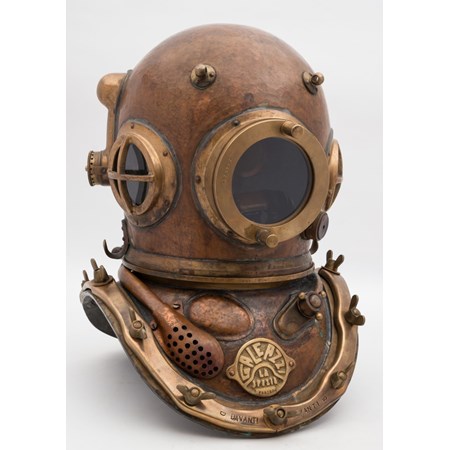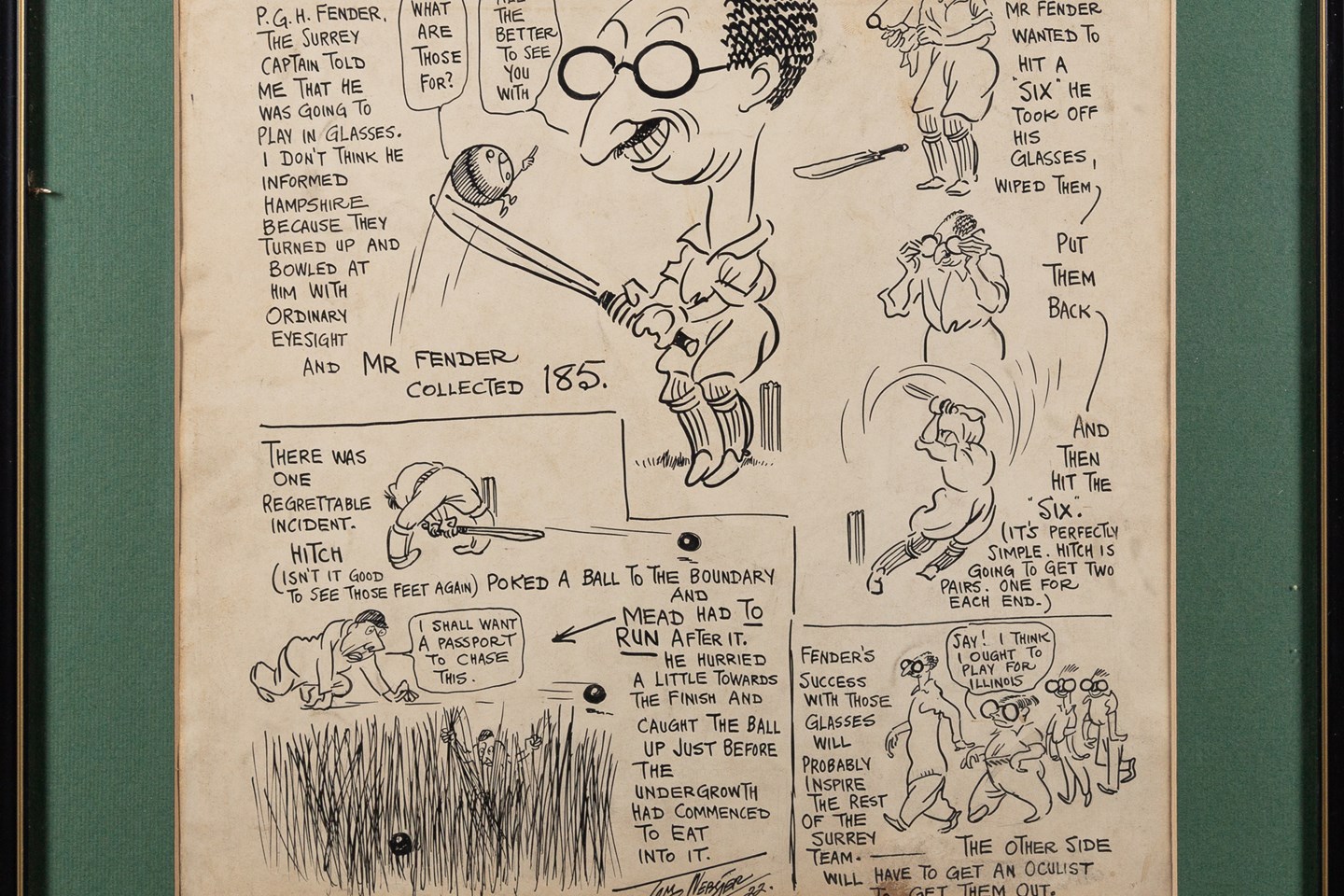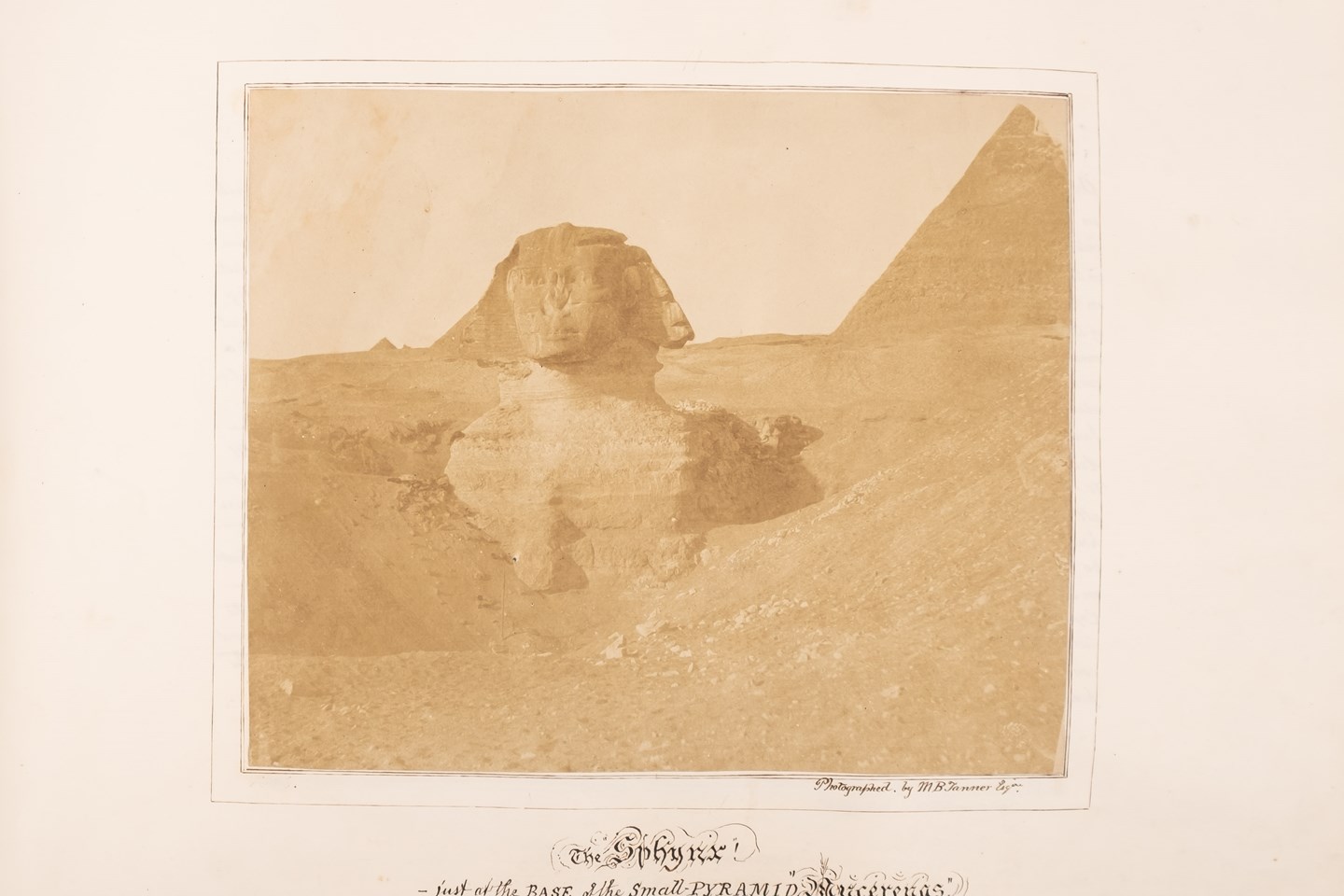Having re-introduced the Specialist Maritime Sale after a 15 year absence from the region, Bearnes Hampton & Littlewood's Maritime sales have continued to grow from strength to strength. As the only auctioneers in the South West to provide a department dedicated to this field, it draws considerable National and International interest.
Amongst nautical themed ceramics, silver and pictures, the sale contains traditional crafted scrimshaw and sailor's valentines. Exceptional pieces such as a fine early 19th Century model of HMS Mars and the splendid pair of bronze "Coote Cannon" has given the department a high reputation for both sale entries and hammer prices. The department also sold the Frances Davies Collection relating to the Terra Nova and the Pardoe Collection of diving helmets and equipment.
With pieces ranging from the early days of navigation such as an 18th century backstaff, to those from historically significant ships of the 20th century, the popularity of the sale continues to swell.
Bearnes Hampton & Littlewood have identified a growing market outside of the traditional repertoire of auction houses and developed this, which shows by the success enjoyed today.
Brian Goodison-Blanks is always happy to discuss any Maritime items that you may be thinking of selling.


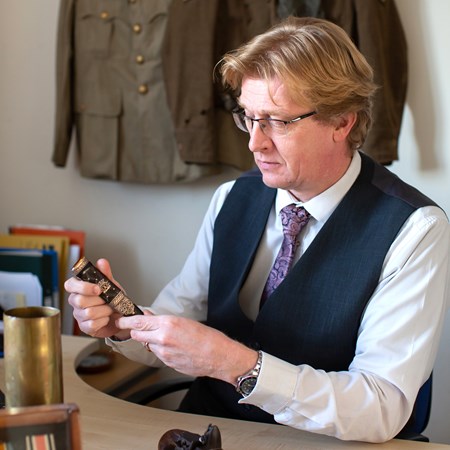
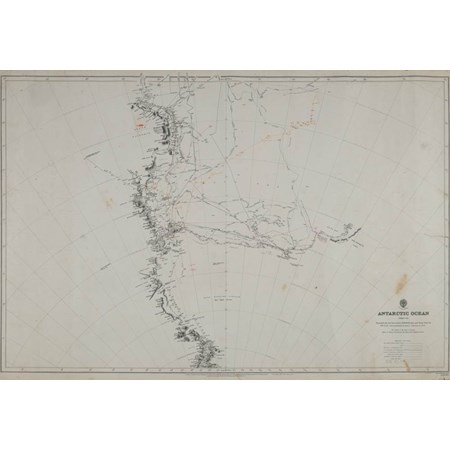
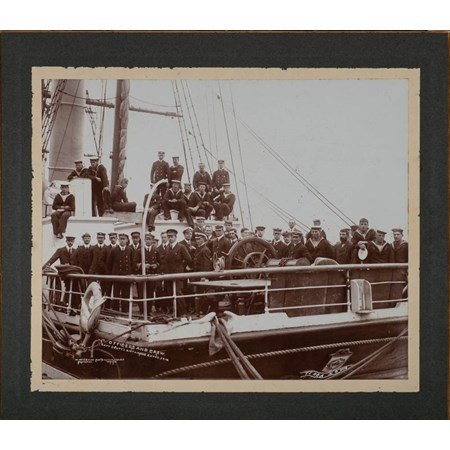
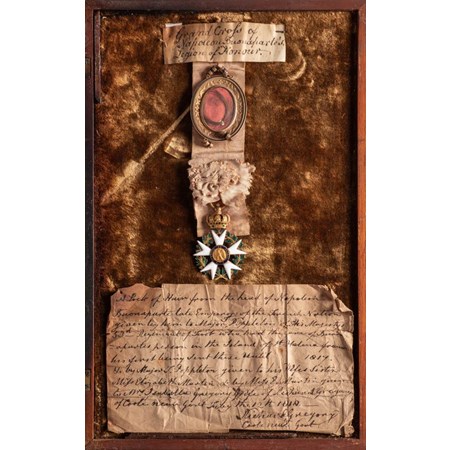
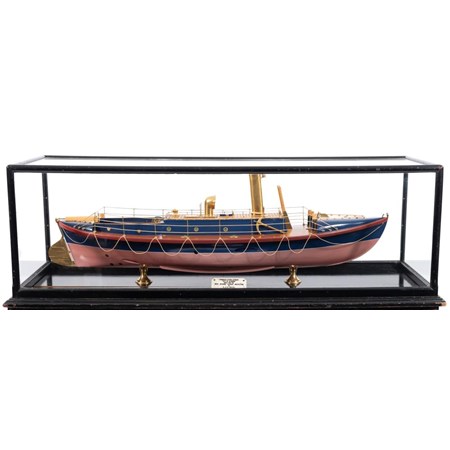
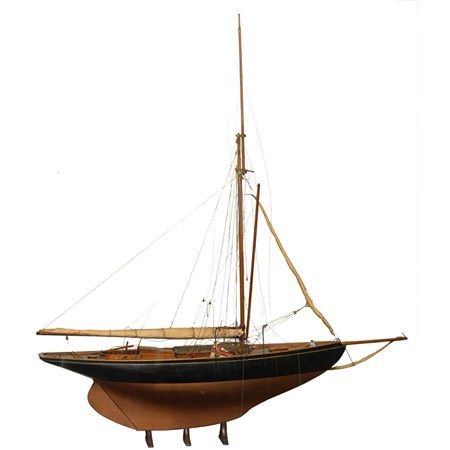
![Montague Dawson [1895 1973] Naval Convoy In Stormy Seas](/media/azmnmqbq/montague-dawson-1895-1973-naval-convoy-in-stormy-seas.jpeg?mode=pad&quality=90&width=450&bgcolor=ffffff&height=450&rnd=133054003082370000)
